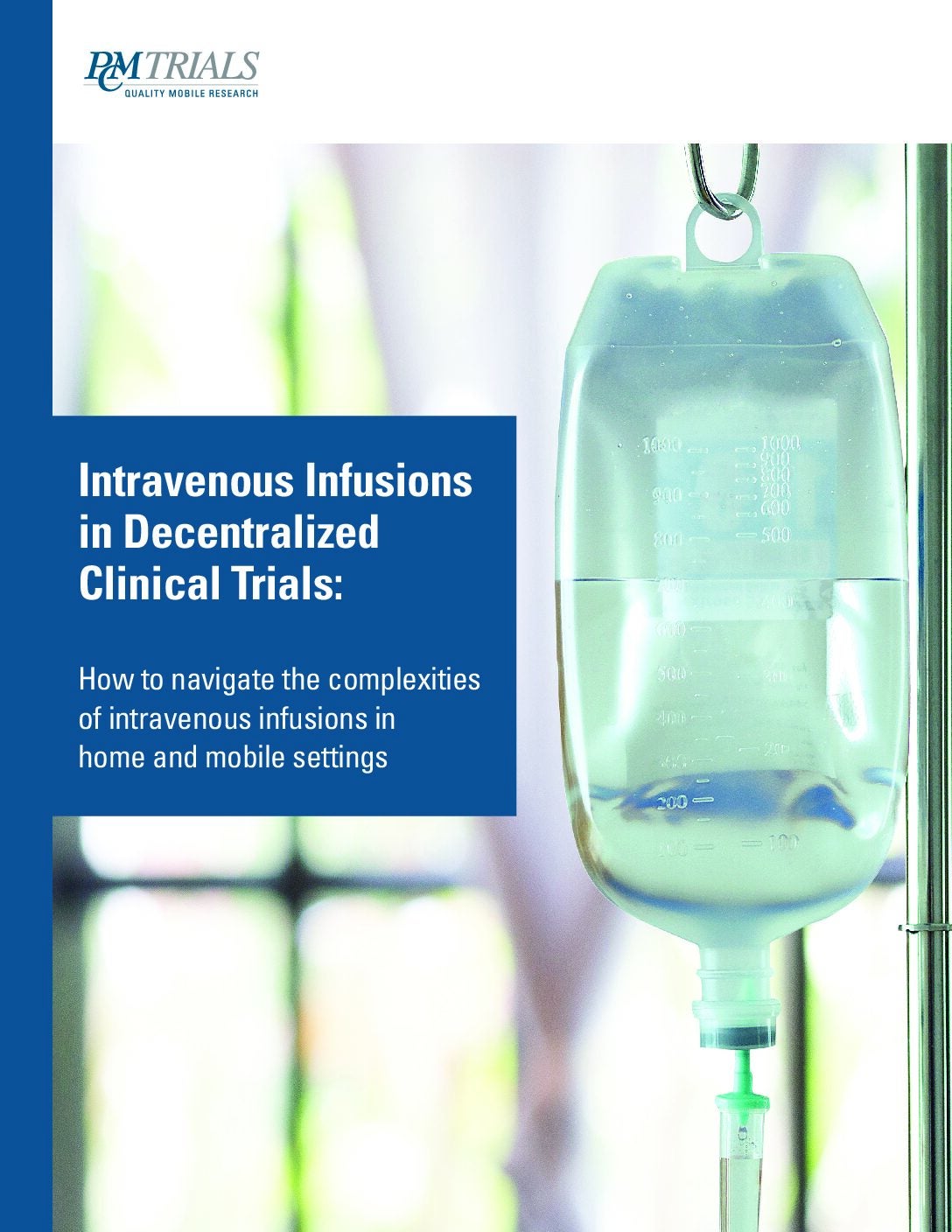On October 3, 2019, Eli Lilly published results from its head-to-head clinical study showing that its IL-17A inhibitor Taltz (ixekizumab) has superiority versus Janssen’s Tremfya (guselkumab) in moderate-to-severe plaque psoriasis patients. Based on these results, GlobalData believes that the IL-17 biologics have the potential to cast a shadow over the IL-23 biologics within the psoriasis market.
Eli Lilly’s Phase IV study (IXORA-R) is the first study between an IL-17 inhibitor and IL-23 inhibitor using the psoriasis area severity index (PASI) 100 score as the primary endpoint at 12 weeks post-treatment. IXORA-R is a multicenter, randomized, blinded, parallel-group study comparing the efficacy and safety of Taltz versus Tremfya in people living with moderate to severe plaque psoriasis.

US Tariffs are shifting - will you react or anticipate?
Don’t let policy changes catch you off guard. Stay proactive with real-time data and expert analysis.
By GlobalDataA total of 1,027 patients with moderate-to-severe psoriasis were enrolled in the study and were randomised to receive Taltz or Tremfya at the approved dose for 24 weeks, with the primary analysis conducted at 12 weeks post-treatment. Patients treated with Taltz demonstrated statistically significantly higher improvements than those treated with Tremfya as measured by PASI 100 at Week 12 (41.3 per cent versus 24.9 per cent, P < 0.001). Additionally, all major secondary endpoints up to Week 12 were achieved (P < 0.001). This demonstrates that Taltz tops its rival at the 12-week endpoint and is superior to Tremfya in completely and partially clearing the skin in plaque psoriasis patients.
With this being the first class–versus-class, head-to-head study demonstrating full skin clearance as a primary endpoint, it could be translated for Eli Lilly as a competitive edge in a fiercely competitive psoriasis market.
Furthermore, Taltz is directly competing with Novartis’ Cosentyx to be the top-selling drug in the IL-17 class. However, Tremfya has been carving a space for itself in the psoriasis market and a head-to-head study in December 2018 showed that Tremfya was superior to Cosentyx and 84.5% of patients treated with Tremfya achieved a score of 90 on the PASI index compared to 70% of patients treated with Cosentyx.
Furthermore, Tremfya has also been revolutionising the drug administration market with an FDA approval for One-Press, a single-dose injector that adults can use to administer the drug in the comfort of their home, reducing healthcare and hospital costs related to drug administration. However, GlobalData questions whether the added ease of administration is enough to sway clinicians’ decisions to prescribe Tremfya.
It can be seen that pharmaceutical companies are going to great lengths to achieve market dominance in the psoriasis space, and more head-to-head trials are needed for physicians to make better long-term treatment plans for psoriasis patients.
As we enter the final quarter of 2019, Eli Lilly has strategically released this data intending to gain a greater share of the psoriasis market. GlobalData believes that this will start Eli Lilly off with a lucrative year in 2020, and with the anticipated release of 24-week data from this study, Eli Lilly could hold a competitive edge over its rivals.
Related reports
GlobalData (2018). Psoriasis – Global Drug Forecast and Market Analysis to 2027, December 2018, GDHC173PIDR






